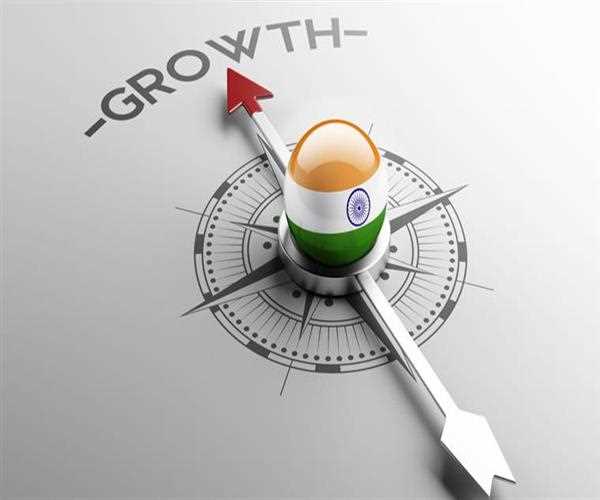Search here

16-Jan-2023
What will be the economy of India in 2030
With the ongoing pandemic, more people are focused on the economics of today than ever before. But it’s also important to take a look into the future and see what lies ahead. So what will be the economy of India in 2030? The answer depends on many factors, from policy implementation and technological development to population growth and globalization. This article takes a closer look at these variables, explores their potential impacts on India’s economy, and outlines some potential scenarios for 2030.
India's population in 2030
- As of 2019, India's population is estimated to be around 1.36 billion. This number is expected to grow to around 1.53 billion by 2030. This growth is mainly due to India's large population of young people. Over 60% of the population is below the age of 30, and this number is expected to increase in the coming years. The median age of the population is just 28 years old.
- The growing population will have a significant impact on the economy of India. The country has a large workforce that is expected to grow in the coming years. This will lead to increased economic growth and development. Additionally, the increase in population will also lead to an increase in demand for goods and services.
India's GDP in 2030
In 2030, India's GDP is expected to be around $5.7 trillion. This would make India the world's third largest economy, behind only the United States and China. India's economic growth is expected to be driven by several factors, including a growing population, increasing urbanization, and rising incomes. Additionally, India is expected to benefit from continued reform of its economy, including the implementation of Goods and Services Tax (GST) and other measures.
India's economic growth in 2030
- In 2030, India's economy is expected to be the world's third largest, behind only the United States and China. India's economy is expected to grow by an average of 7% per year between 2020 and 2030. This rapid economic growth is being driven by a number of factors, including a young and rapidly growing population, high rates of investment, and improving productivity.
- India's population is expected to reach 1.5 billion by 2030, making it the world's most populous country. This large and growing population will provide a major boost to economic growth, as more people enter the workforce and consume goods and services. India also has a large pool of young people, with about 60% of the population under the age of 25. This 'demographic dividend' could further accelerate economic growth if these young people are able to find productive jobs.
- Investment rates in India are among the highest in the world, at over 35% of GDP. Much of this investment is being financed by domestic savings, which have been boosted by strong economic growth in recent years. Improving productivity is also playing a role in India's economic growth, as companies are able to produce more output with fewer inputs.
India's economic sectors in 2030
- In 2030, India's economy is expected to be the world's third largest, behind only the United States and China. The country's economic growth is projected to remain strong, averaging around 7% per year through 2030. India's economic sectors are expected to continue to grow in importance, accounting for a larger share of the country's GDP.
- The service sector is expected to continue to be the largest contributor to India's GDP, followed by industry and agriculture. Within the service sector, the transportation, storage, and communication sub-sector is expected to see the strongest growth, followed by trade, hotels, and restaurants.
- The manufacturing sector is also expected to see strong growth, led by the food processing and textile industries. The agriculture sector is expected to see moderate growth as the country continues to invest in rural infrastructure and support programs for farmers.
Conclusion
India has the potential to become one of the most powerful economies in the world by 2030. With its large population, young demographic, and expanding middle class, India is positioned to experience significant growth over the next decade. While there are many challenges that India will face in achieving this goal – including environmental sustainability and infrastructure development – if these issues can be addressed effectively, then India's economy could reach heights never seen before by 2030.

SEO and Content Writer
I am Drishan vig. I used to write blogs, articles, and stories in a way that entices the audience. I assure you that consistency, style, and tone must be met while writing the content. Working with the clients like bfc, varthana, ITC hotels, indusind, mumpa, mollydolly etc. has made me realized that writing content is not enough but doing seo is the first thing for it.
Comments
Join Our Newsletter
Subscribe to our newsletter to receive emails about new views posts, releases and updates.
Copyright 2010 - 2025 MindStick Software Pvt. Ltd. All Rights Reserved Privacy Policy | Terms & Conditions | Cookie Policy